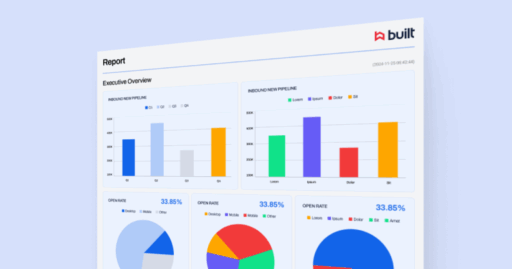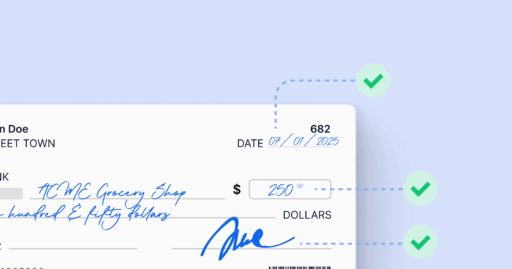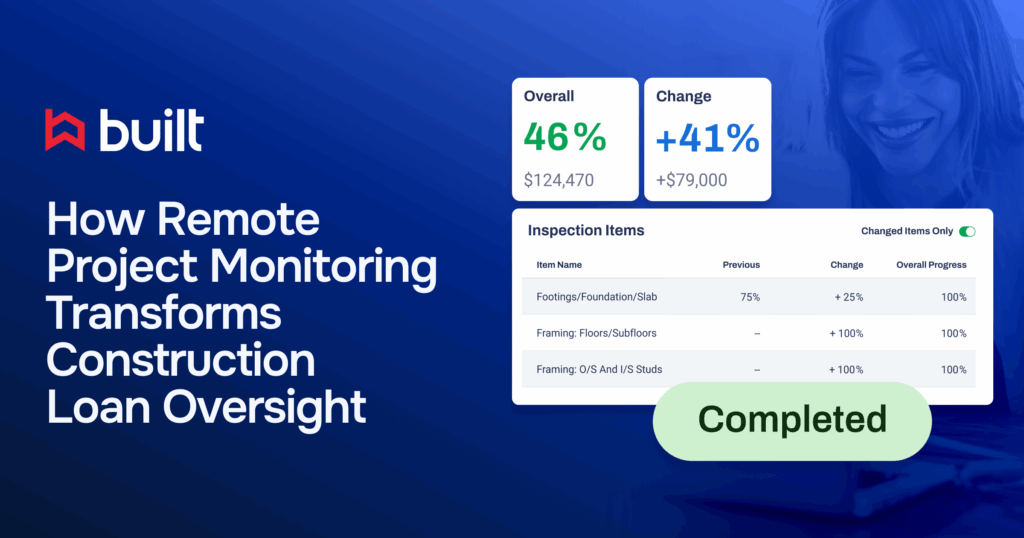
Industry Insights: Mortgages & Macroeconomics with Katie Wilson

The Mortgage Bankers Association’s (MBA) weekly market composite index shows a steady decline in mortgage loan applications in early June. Similarly, there’s been a decline in refinance applications and in purchases. With mortgage volume on the decline, there’s an opportunity for lenders to take a different approach to support customers and manage the ever-evolving economy. By exploring new loan offerings or growing existing offerings, lenders can actively contribute a solution to growing challenges within the housing market.
Construction Lending Influence
Fannie Mae’s May forecast estimates that as housing affordability continues to worsen, housing activity will slow as rates continue to rise. And, the demand for housing still far exceeds the supply. For lenders with a construction portfolio, the state of the market presents a unique opportunity to offer customers the opportunity to also stay in their current homes and make improvements—rising house prices encourage it.
Within the Built platform, data from the last 6 months indicates that building starts are not slowing down, despite industry conditions.
Those projects are taking longer to get completed due to continued supply-chain issues as a result of the pandemic. The strain placed on the supply of lumber and other building materials is making it increasingly difficult to meet the demand of the market.
The market still needs more supply and demand for construction won’t slow—so what’s the solution to meeting growing demand and combating the economic state?
Built’s digital solution for construction lending will enable lenders to successfully deploy capital for projects while actively mitigating risk to continue contributing to the unstoppable demand for housing.
Built Lending Channel Manager Jim Fraser shares, “We’re hearing it more and more from our lender customers: Built is enabling lenders who want to start or grow their construction and renovation product suite to solve this problem. Our team can support lenders who haven’t previously had the appetite for offering construction loans by setting them up for success from day one.”
Demand for Construction Remains High
Despite the economy slowing down, housing starts and building permits are remaining steady.
As millennials mature into homeownership and expand their sphere of influence in the housing market (they make up 37% of prospective homebuyers), they’re also being priced out because they don’t have the means to compete. Freddie Mac Chief Economist Sam Khater shares, “Housing availability is limited, and new construction slowed in recent years. In fact, the supply of unsold homes is at the lowest level in four decades.”
By enabling contractors to facilitate faster payments and compliance, they can keep money flowing through the project, ultimately keeping the best subcontractors for the job, on the job. Fannie Mae’s April economic forecast reiterates the importance of growth in this sector: “Higher interest rates and a slowing economy would also weigh on multifamily construction, but in part due to longer time leads on construction projects, multifamily construction activity tends to coincide with economic cycles rather than lead them. We expect multifamily starts to weaken comparatively less through 2023. But as is the case with single-family homes, we believe the long-run need for more housing units will continue following the next downturn.“
How can lenders empower contractors with all of the tools that they need to perform optimally and actively create supply to meet growing demand?
What’s Next?
Those who are willing to take the next step to build the communities around us by building or growing their construction portfolio will see the immediate impact on the housing market. And, they need to do so with transparency and precision in order to ensure that funds are getting to contractors or owners—and the real estate collateral—as fast as possible.
Built can seamlessly support the expansion of a construction lending portfolio without the need for additional headcount—whether they are de novo, growing their portfolio, or ready to expand to new markets or product types. Additionally, Built has been proven to reduce risk in construction lending through proactive monitoring and digital transparency. Proactive monitoring capabilities will protect lenders from unnecessary risk as they grow their business, ultimately helping to solve the growing housing crisis safely and efficiently.








